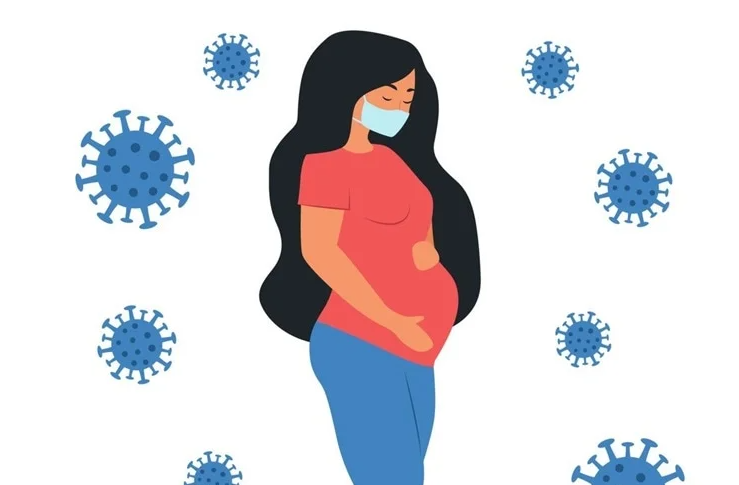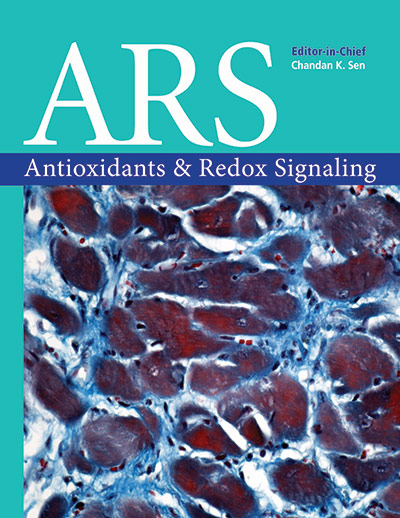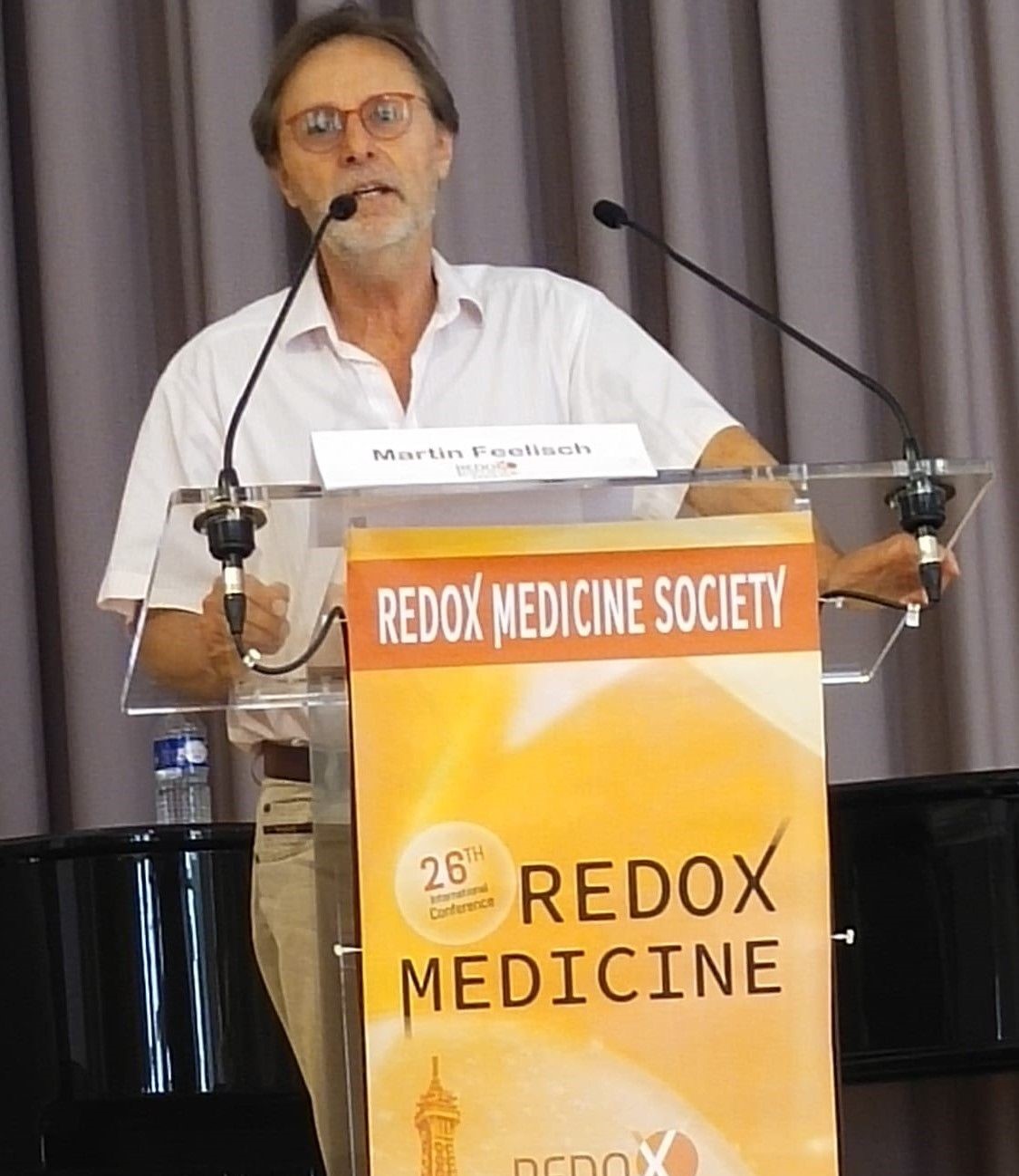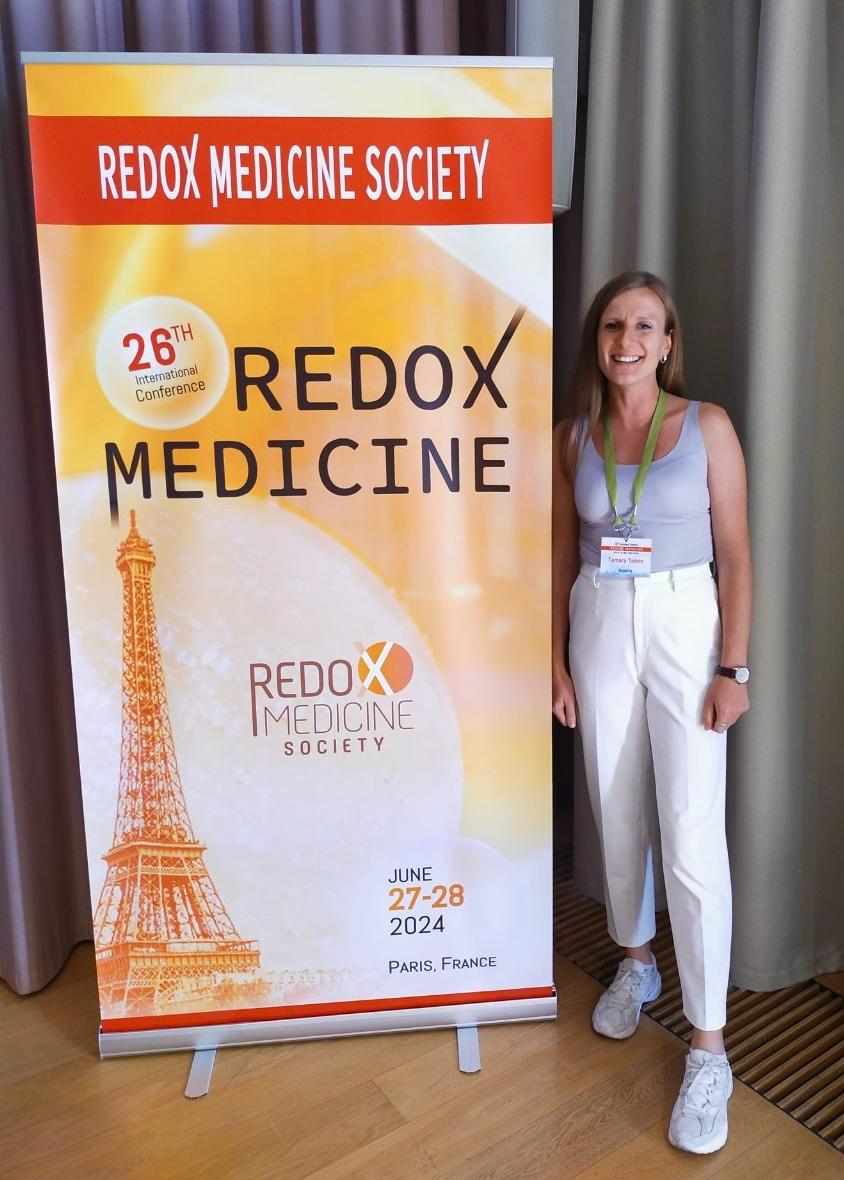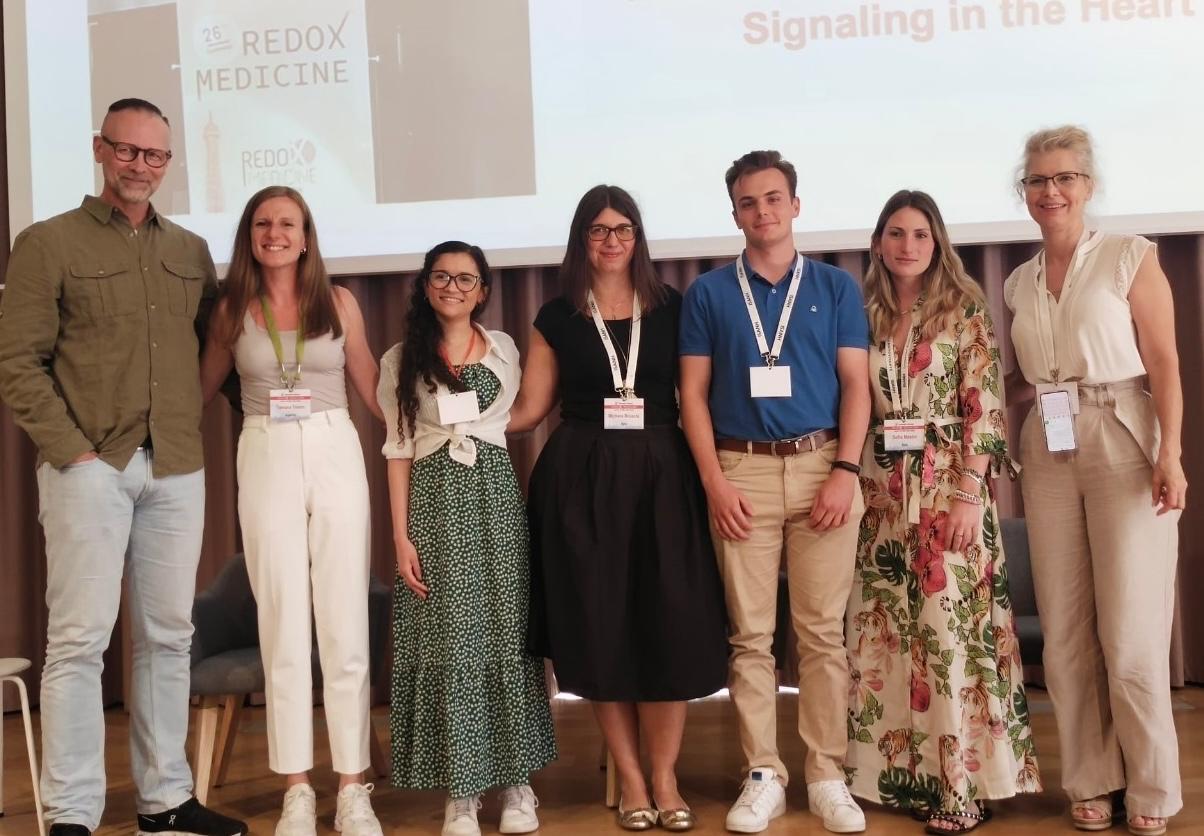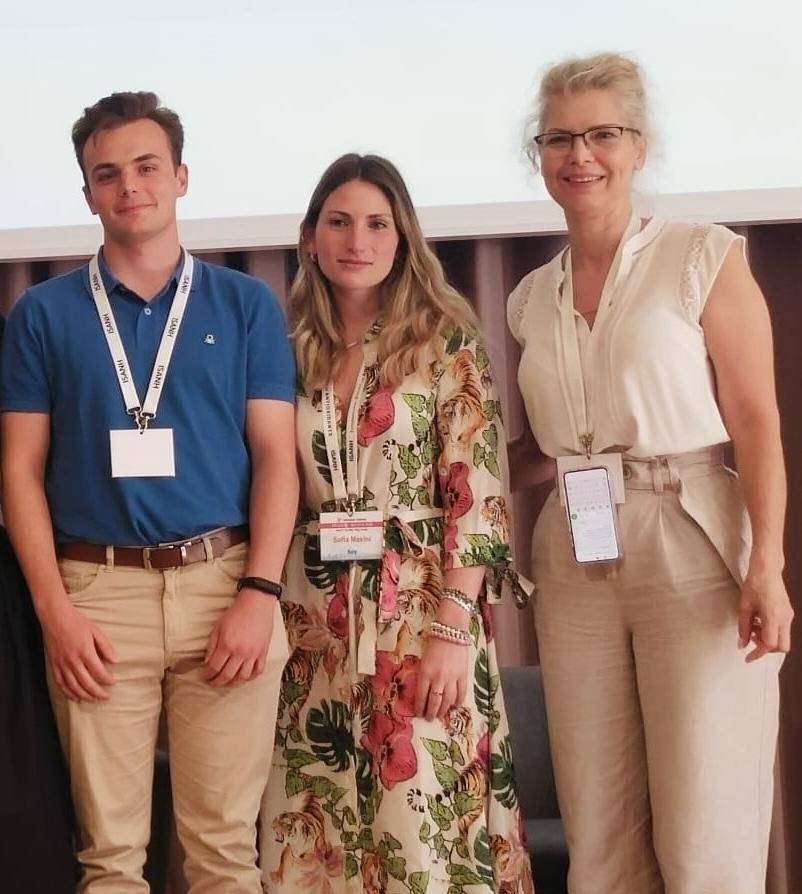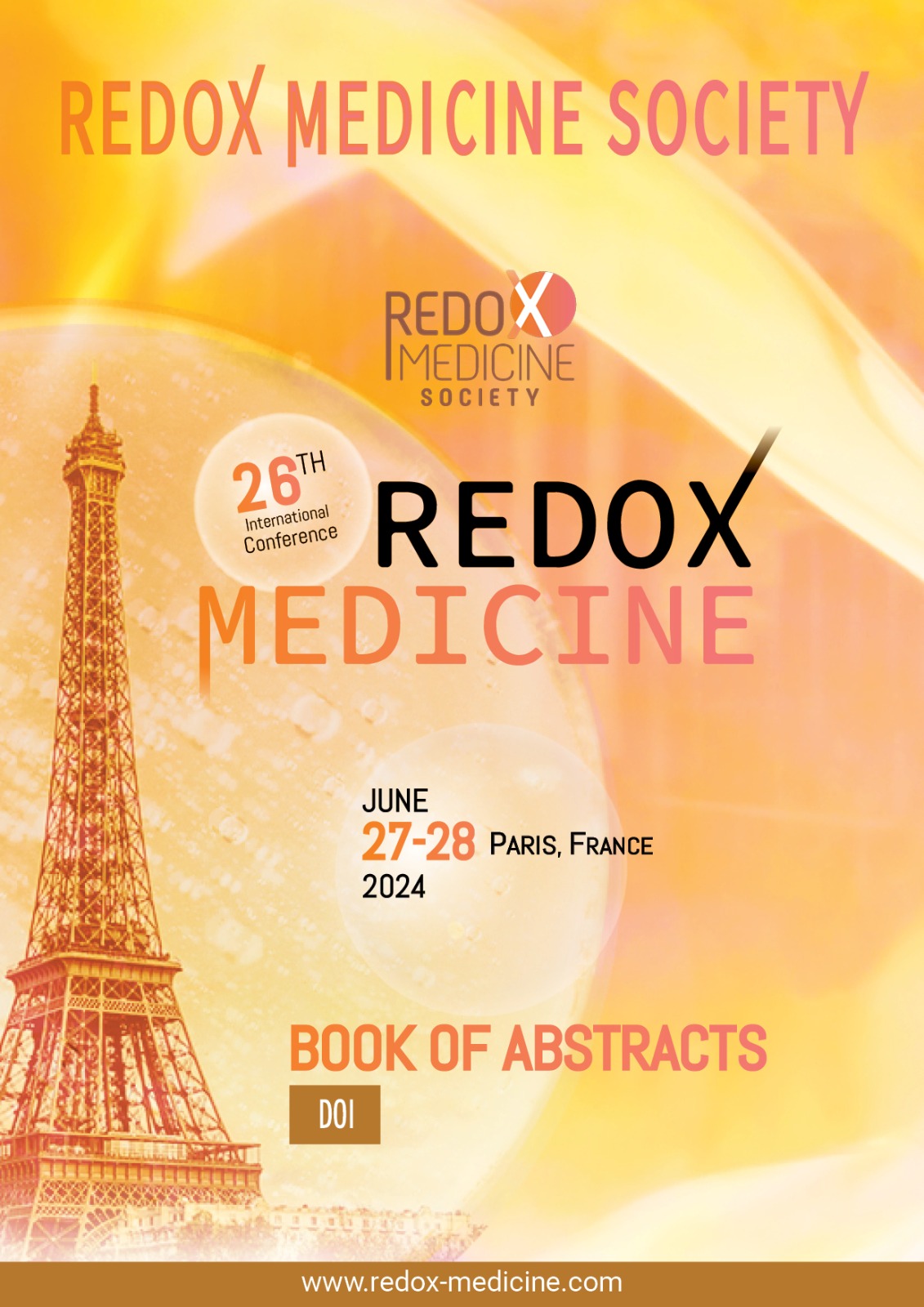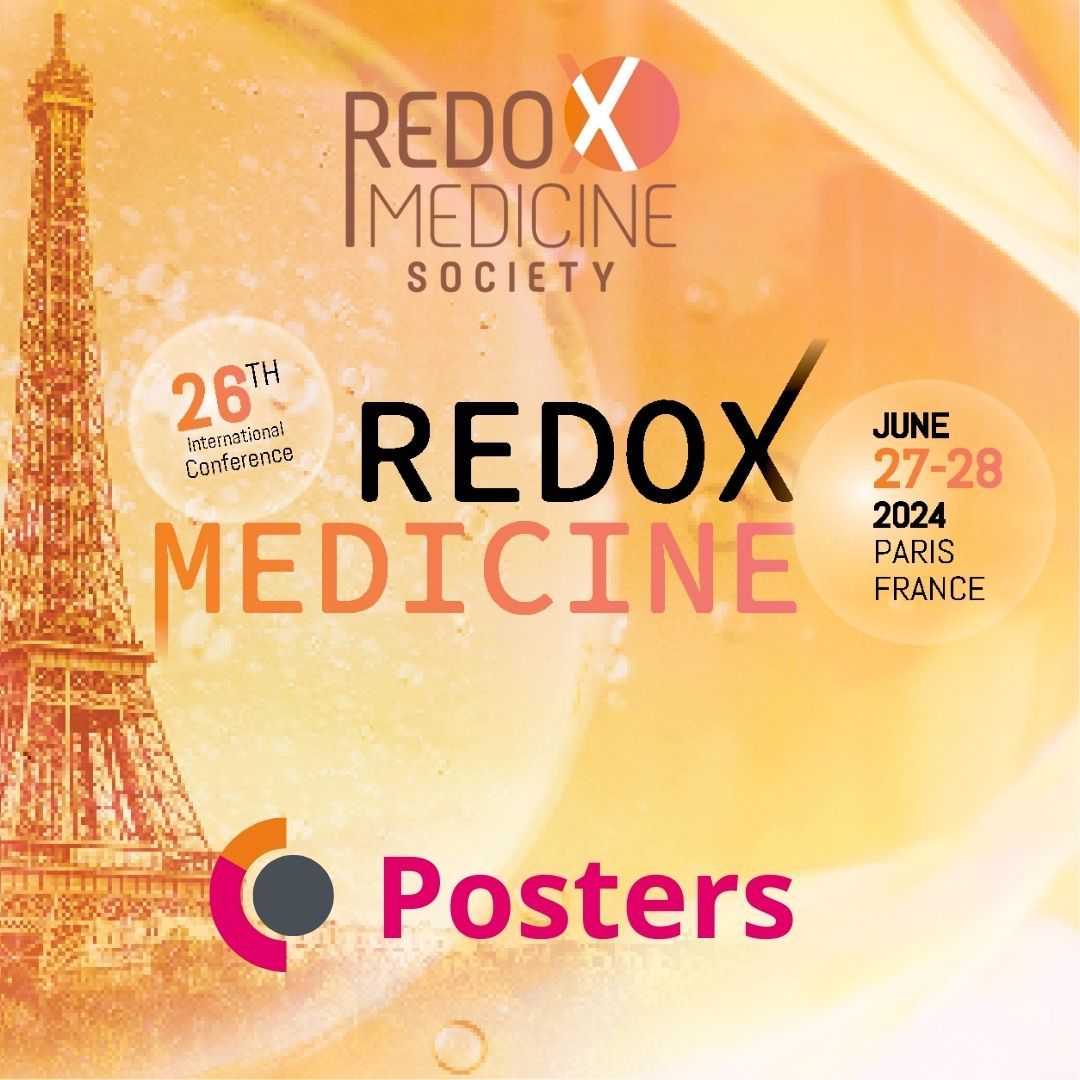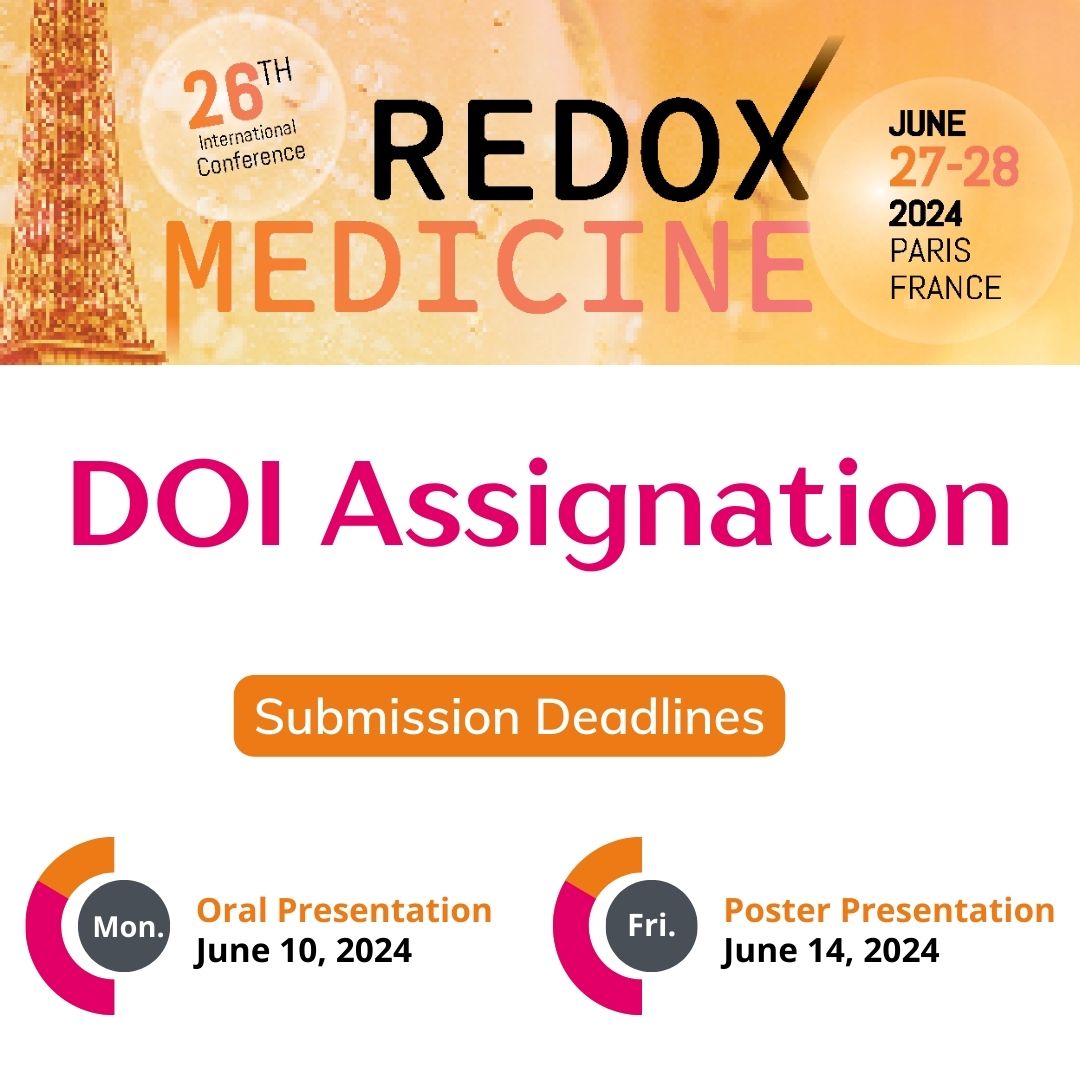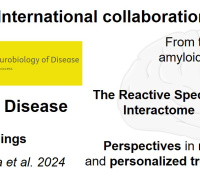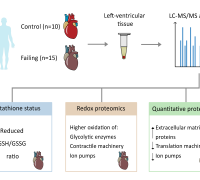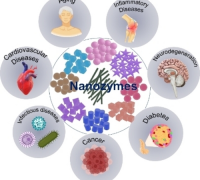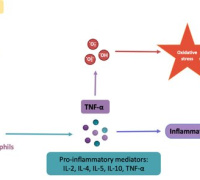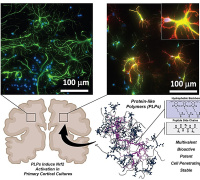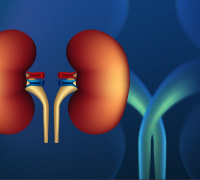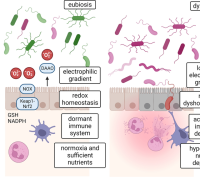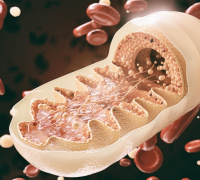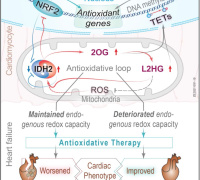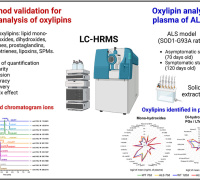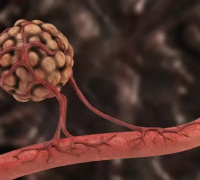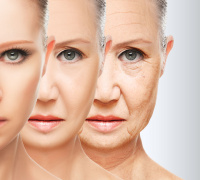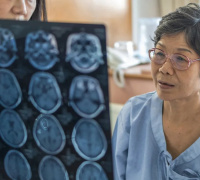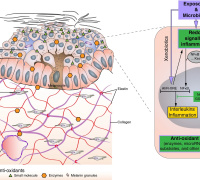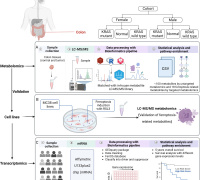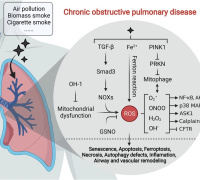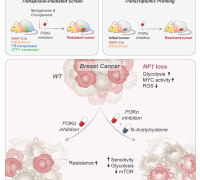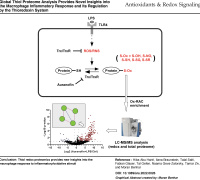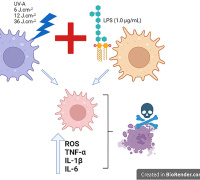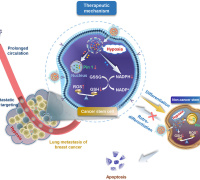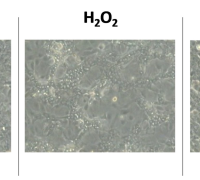Placental Anti-Oxidant Response in COVID-19 Pregnancies
News Release, International Society of Antioxidants, France – March 21, 2022
In a recent study published in Biomedicines, Rolfo et al., assessed the placental anti-oxidant response in the third trimester of pregnancy against severe acute respiratory syndrome coronavirus 2 (SARS-CoV-2) infections.
Although previous studies have reported coronavirus disease 2019 (COVID-19)-induced oxidative stress (OxS) in several organs, the biochemical mechanisms for the increased OxS in the gestational placenta are unclear. Moreover, data on the mitochondrial morphological changes occurring during late pregnancy in SARS-CoV-2-positive placentae are sparse.
In the present study, the team evaluated the placental redox reactions involving two antioxidant enzymes - superoxide dismutase (SOD) and catalase (CAT) - in COVID-19-infected women during the last trimester of pregnancy. Additionally, they determined the SARS-CoV-2-associated placental morphological disturbances compared to that of healthy child-bearing women. Moreover, they assessed whether the redox alterations and mitochondrial pathological changes had any correlation with the symptoms.
Out of 41 pregnant women, 29 were COVID-19-positive, of which, 51% and 48% were symptomatic (s-COVID-19) and asymptomatic (a-COVID-19), respectively. A higher proportion of COVID-19-infected pregnant women were overweight. However, no stillbirths occurred and no infantile pulmonary support was needed within 24 hours of delivery for the case group. This indicates lower susceptibility of the placental trophoblasts to COVID-19 during late pregnancy.
Additionally, a substantially higher number of females were born to s-COVID-19 (60%) and a-COVID-19 (71%) women. Cardiotocography (CTG) abnormalities were higher in a-COVID-19 (21%) and s-COVID-19 (27%) groups. However, these differences did not significantly correlate with the presence of symptoms.
In the electron microscopic analysis, placental mitochondria with swellings, fewer or no cristae, pathological membranous structures, and matrix rarefaction were detected exclusively in the cases. However, viral particles were not identified distinctly in the SARS-CoV-2-positive placenta.
Among the OxS markers, significantly higher TBARS (one-fold increase), HIF-1α (twice higher) levels were noted in the cases, irrespective of symptoms and gestational comorbidities. This indicates that COVID-19 is associated with increased hypoxia and reactive oxygen species (ROS) generation, which subsequently leads to elevated placental OxS. However, these findings are independent of the presence of symptoms and comorbidities.
Moreover, the mRNA levels of CAT and SOD and enzymatic activity were two-fold and one-fold higher in the cases, respectively. However, these findings did not significantly differ among the two COVID-19 groups. The increased activity of placental anti-oxidant enzymes along with physiological fetal outcomes is indicative of a compensatory placental adaptation to protect neonatal growth and maintain its physiological capabilities.
Overall, the study findings demonstrated the anti-oxidant ability of the placenta to inhibit COVID-19-associated OxS in full-term pregnant women, thus mitigating SARS-CoV-2-associated cytotoxicity.
Antioxidant response throughout disease will be discussed in Paris Redox 2022 this June. Remember you can take part and present in this congress by submitting your abstract.
© Image- Kristina Rudkevica/Shutterstock
Media Contact:
International Society of Antioxidants
This email address is being protected from spambots. You need JavaScript enabled to view it.
24th Annual ISANH Meeting
Paris Redox 2022 Congress
June 22-24, 2022 - Paris, France
www.isanh.net

